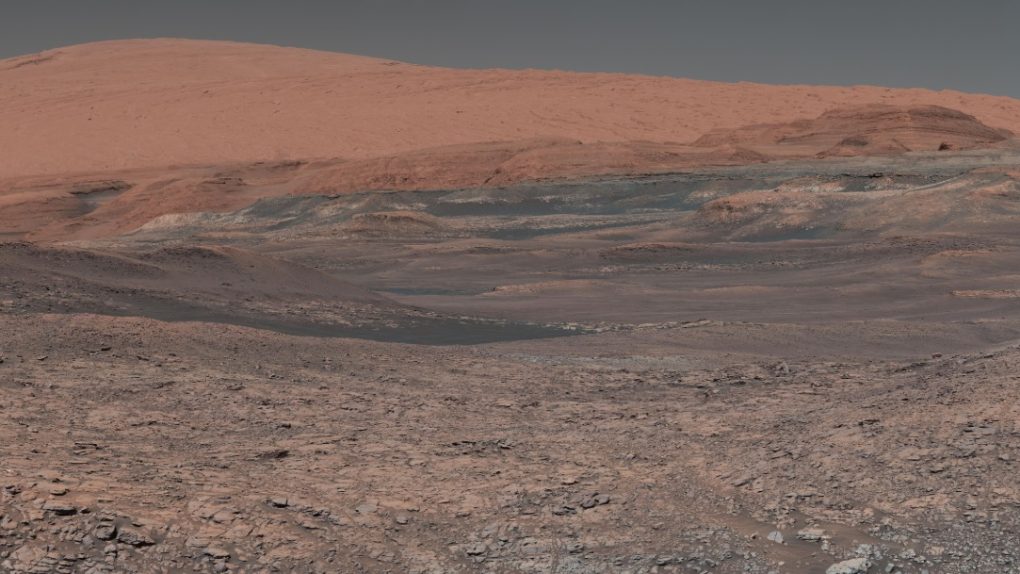- Mars had vast rivers of flowing water for tens of thousands of years, scientists now say.
- The discovery is based on images sent back by NASA’s Mars orbiter which revealed sediment deposits and telltale signs of flowing water on the surface of the planet.
- The rivers date back 3.7 billion years, so it will be difficult to determine if they ever supported life.
- Visit BGR’s homepage for more stories.
If you’re hunting for signs of past life on a planet like Mars that today appears dry, dusty, and dead, the first thing you have to do is determine if the planet was ever capable of supporting life. Mars is a lot like Earth in that it’s rocky, not too big or too small, and once had a more robust atmosphere. It also had water, and new research suggests that it had a lot of it.
Scientists have believed for some time that Mars was once a lot more blue than red, with bodies of water and if we’re lucky, life. Now, a new study published in Nature Communications suggests that around 3.7 billion years ago, Mars had flowing rivers.
The study utilized high-resolution imagery sent back to Earth by NASA’s Mars Reconnaissance Orbiter. The orbiter’s HiRISE camera can produce stunningly detailed images of the Red Planet’s surface. In this case, the images that were of the most interest to the research team were those of the Hellas Basin, an ancient impact crater that dominates a large portion of the planet’s southern hemisphere.
The rocky landscape of the basin and rim structure reveals the telltale signs of flowing water. Long ago, Martian rivers carried material and deposited it just like rivers on Earth do, and by studying what the rivers left behind, researchers can use the images like a fingerprint that reveals how water flowed, moved, and rerouted itself over tens of thousands of years.
The rivers carved into the rock and deposited sediment in layers. The scientists can actually measure these layers even from the sky-high vantage point offered by the orbiter, and the data suggests the river channels were at least a few meters deep. That’s pretty deep, and it suggests that Mars had a lot of water moving to and from various areas of its surface.
The big question, of course, is whether or not this rocky, watery Mars of billions of years ago had the other things we associate with such a planet. I’m talking about life, of course, whether it was flora or fauna.
The next Mars rover, Perseverance, will be equipped with instruments that may allow it to discover evidence of such life, and its mission is slated to begin soon. NASA plans on launching it in July, with an arrival date in February of 2021. If that goes according to plan, we might not have to wait long for proof that life did indeed exist somewhere other than Earth.








